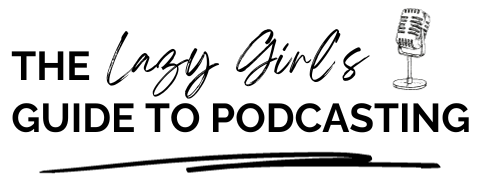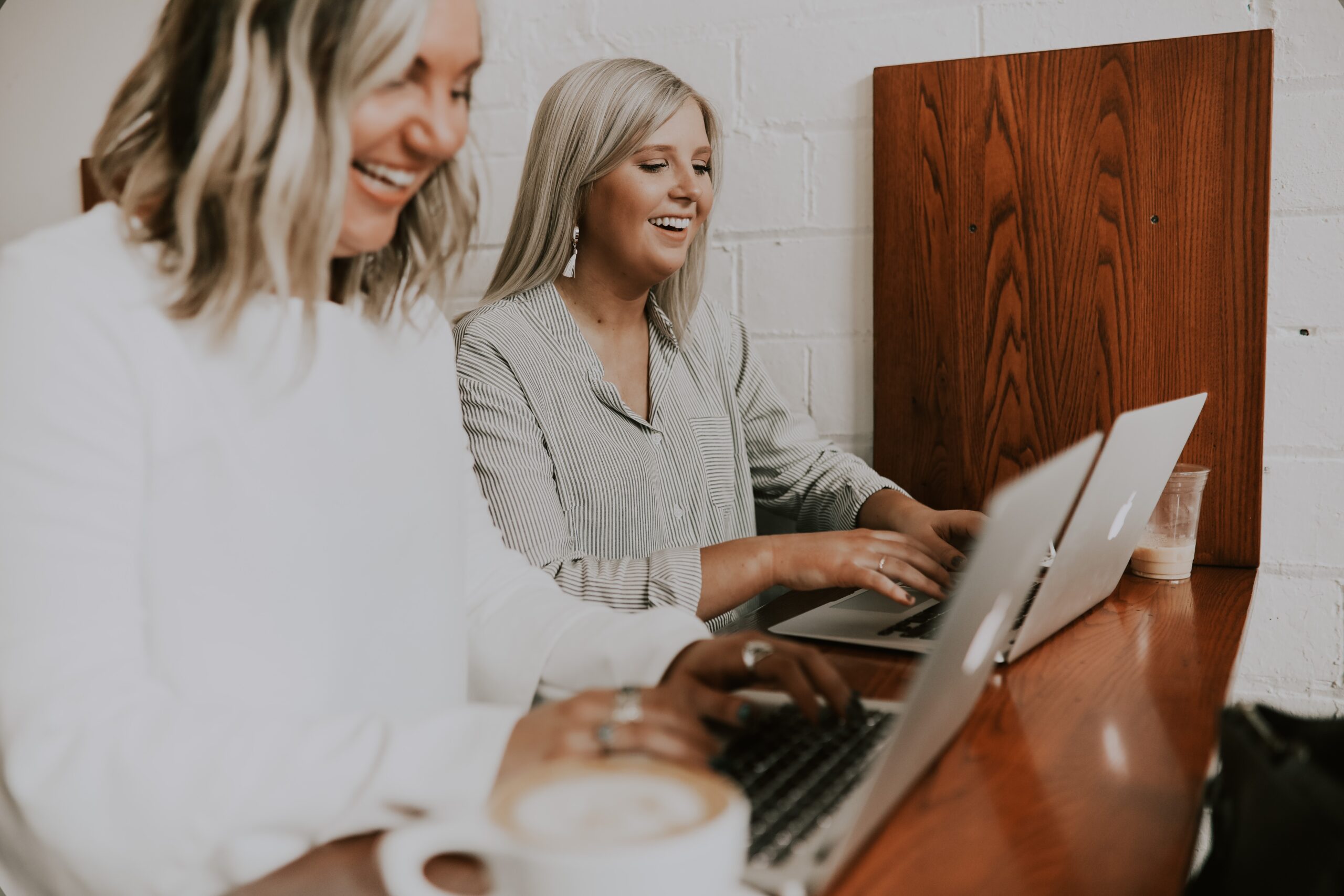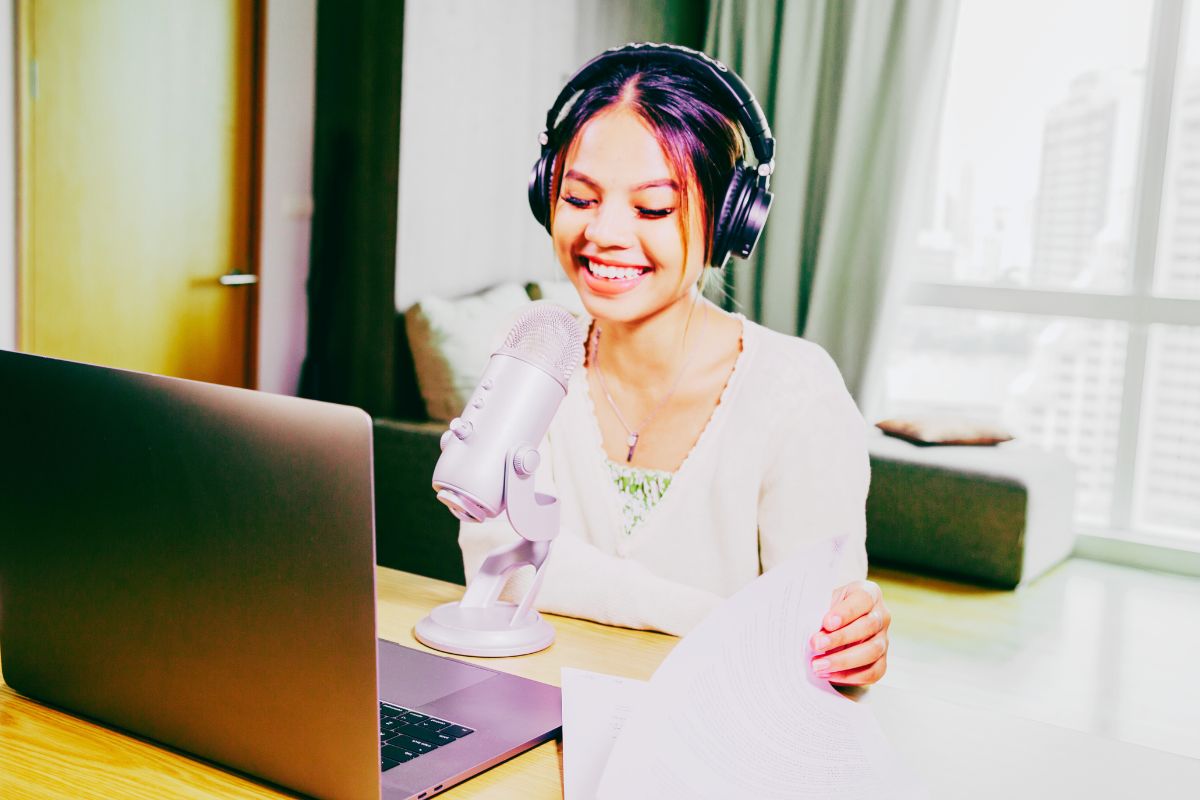So often when podcasters start a new show, the number 1 question I hear is’ ‘Which microphone should I get?’
And the answer is never straightforward. It depends on a whole range of factors, including your needs, your budget, and how tech-savvy you want your setup to be…
However, if you’re wanting a microphone that is budget-friendly, easy to use, and helps you record high-quality audio, then I’ve got a top suggestion for you.
Not only this, but in this episode we also dive into the microphone accessories that you might want to consider as part of your podcasting setup, including pop filters, boom arms, and shock mounts. I also give you my top tips for setting up your microphone so that regardless of which brand or model you go for, you can ensure that your setup is optimal for recording high-quality sound for your podcast.
🎙 Check out the Blue Yeti USB Microphone ➡️ https://amzn.to/3P2Mf3A
🎙 Check out the Yeti Snowball ➡️ https://amzn.to/3qlL1q1
{{episode-footer}}
Transcript
And welcome back to another episode of The Lazy Girl's Guide to Podcasting. And we are on another Tech Thursday episode, where we are going to be looking at my favorite budget- friendly microphone for podcasting, particularly for beginners.
Starting a podcast can be really fun and rewarding experience, but it can also be expensive. If you get sucked into the promises of expensive equipment, making your show the best one out there, remember that Steven Bartlett reportedly started Diary of a CEO with a hundred dollar microphone and his laptop and that our podcast now pulls in a report at £1.2 million in revenue each year. So whilst it might be tempting to buy the most expensive microphone and accessories out there, it really is not necessary.
And if you're on a tight budget, finding the right microphone can be a challenge. But, I feel like I've done the research and the hard work for you and this is why I've decided to pop this episode together.
So why a good microphone is important in podcasting. Really, a good microphone is essential for podcasting because it can make or break the quality of your audio. Poor audio quality can turn off listeners and make it difficult for them to understand what you're saying.
Now don't get me wrong. The cripest audio, isn't everything.
There are plenty of podcasts out there without the best audio, but their content is so valuable to its listeners that they pull in the downloads regardless. But on the flip side, there are also podcasts that I've struggled to listen to because of the poor audio content and quality.
A good microphone will help you capture your voice clearly and eliminate background noise resulting in a more professional and enjoyable listening experience for your audience. My general advice in this area is to go for the best quality that you can afford without breaking the bank. Because I do not believe in recommending anything that will put a new podcast or in particular, into serious debt at the beginning of their podcasting journey to me no podcast, no project is worth that.
So features to look for in a podcast microphone.
When you are looking for a podcast microphone, here are some features you want to consider. First consider the pickup pattern. So you've got a cardio pattern, which is ideal for solo podcasting, while an omnidirectional pattern is better for group podcasting.
Next look for a microphone with high quality audio recording capability. You want your podcast to sound professional and clear. And if you want to find out more about the different pattern modes, then I would urge you to go down to the link in the show notes where I've got a blog post, all about different pattern modes, and you can read more about those.
Finally consider the compatibility of the microphone with your computers operating system. Or how it links to your phone, if you were going to be recording on your phone. In my opinion, the Blue Yeti is a great option because it checks all of the boxes and won't break the bank.
So my top pick for the budget friendly microphone, as I said is a Blue Yeti microphone. I find it. It is, hands-down my topic for a budget friendly podcast, microphone for beginners. I've raved about it before I've raved about it for a long time in relation to recording online courses and podcasts alike.
The Blue Yeti offers high quality audio recording, whether it's cardioid and omnidirectional pickup patterns, making it perfect for both solo or group podcasting. And it's actually what I'm recording on right now. It also has a compact and sleek design making it really easy to transport and set up. Plus it's compatible with both Mac and Windows operating systems. And you can also get an adapter to plug it into your iPhone.
At a price point of around £100, depending on which color you get, the Blue Yeti is a great investment for you as you start a new podcast. What I've found using this microphone is a really good, clear broadcast quality vocal sound along with advanced modulation and HD audio samples that can help you record audio quality, wherever you choose to record.
It's got four pickup patterns, including flexible cardioid, omnidirectional, bi-directional and stereo, so that you really can record in a variety of ways, making it perfect for podcasting. The mic itself has got audio controls, including headphone volume pattern selection, instant mute and might gain as well. And I love the instant mute, particularly, if you are recording and then all of a sudden you need to cough or something like that. Then you don't need to worry about it to take that out. You just need to edit out the silence instead. Really, it puts you in charge of every level of your audio recording and streaming processes, ensuring that your sound quality is always perfect.
It's got a positional design that allows you to pivot the mic in relation to where you're setting and this only optimizers sound quality and tracks your voice in real time with no latency monitoring.
Plus, it's really easy to set up. You literally just need to plug it in and you can use it with GarageBand, Zencastr, Riverside, literally, any recording software, that you use.
If you're thinking that the £100 or the $100 price, mark is a little bit expensive, then Blue Yeti have also got the Blue Yeti Snowball, which is smaller than its big brother and is slightly less costly, it's only in the double figures.
It's also a USB microphone, which makes it really easy for when you were starting out in contact creation. However, unlike the Blue Yeti, it only features a single condenser capsule and a cardioid polar pattern. And this means that it will capture sound coming in from the front of the microphone whilst minimizing background noise.
It's plug and play, so it doesn't require any software or drivers to use and is also compatible with Mac and Windows and having used the Snowball myself, I again, find it an incredibly good option when it comes to really producing high quality sound.
Other audio equipment that you might want to consider.
Headphones; a good pair of headphones can help you monitor your audio quality and catch any issues before they become a problem, depending on how you record your remote interviews, wearing headphones during a recording can help prevent feedback from a car ring. And if you are finding that you are getting feedback, then, hint, you can vastly improve your remote interview recordings using software such as Zencastr or Riverside FM, which remotely record your interviews.
When starting out, there's nothing wrong with using headphones that come with your iPhone or similar, as long as they have an aux output, they can be plugged into a Blue Yeti microphone.
You might even want to opt for more equipment, such as a microphone stand or a boom arm, depending on where you want to position your microphone in relation to your desk, your other equipment and where you are setting.
A pop filter can also be really, really useful for making sure that you were eliminating or reducing unwanted sounds particularly caused by plosives. Plosives are those sharp and explosive sounds that cut. When you use letters such as P or B, they become incredibly pronounced. And when you make these sounds that are too close to the microphone, they can create these bursts of air that cause a kind of popping off pumping sound in the recording, which doesn't sound that amazing.
A pop filter; you can get very, very cheap ones, you can get very, very expensive ones. And I've got a pop filter, which is literally just a bit of foam, which was not very expensive at all. That just goes over the top of the microphone and it helps to eliminate those plosives. Again, depending on how you record, where you are recording, you might also want to look at a shock mount. And what that does is it isolates your microphone from vibrations and mechanical noise that can be transmitted through the microphone stand or a boom arm. If you, depending on what set up you are using the purpose of the shock mount is to prevent unwanted noise from entering your recording.
And again, depending on your setup will depend if you want to look at that additional accessory. But remember these different things that I've talked about, headphones, stands, boom arms, pop filter, shock mounts, they are not 100% necessary if you don't want to go down that route just yet.
And finally, before we go, I'm just going to give you some quick tips about setting up your microphone, because it's all very well having a microphone, but you need to be setting it up correctly, make sure that you position your microphone close to your mouth, but not too close that it picks up unwanted sounds like breathing or mouth noises.
Ideally you want your microphone to be a few inches from your mouth. We see quite often on social media, people sitting absolutely miles away from their microphone. There's no point in doing this.
Secondly, adjust your gain or volume levels to avoid distortion or clipping. I spent a good amount of time recording dummy episodes, right beginning of my podcasting journey and that was so that I could familiarize myself with microphone settings and adjust my setup accordingly.
These could just be a couple of minutes of you talking nonsense. And I had a lot of episodes, quote, unquote episodes at the beginning where I was literally just describing what I was seeing out of my window. It didn't really matter what I was talking about, the point was is having something to be able to listen back to so that I could then adjust my microphone settings to be able to record the audio quality that I wanted.
If you are interested and get looking at the Blue Yeti, either the Blue Yeti as it comes as the larger USB microphone or the Blue Yeti Snowball, and also the adapt to that I was talking about so that you can plug your Blue Yeti into your smartphone, then do check out the show notes where I have listed out where you can purchase those different products from.
But I would love to know what microphone you use for podcasting. Is your microphone, something that you really splashed out on? Is it something that you got the cheapest thing possible? Do you also use the Blue Yeti? If so, is it the Blue Yeti or the Snowball? I would love to know which microphones you use for your podcasting and how you find them. So do get in touch and let me know.
Otherwise I will see you next episode.


